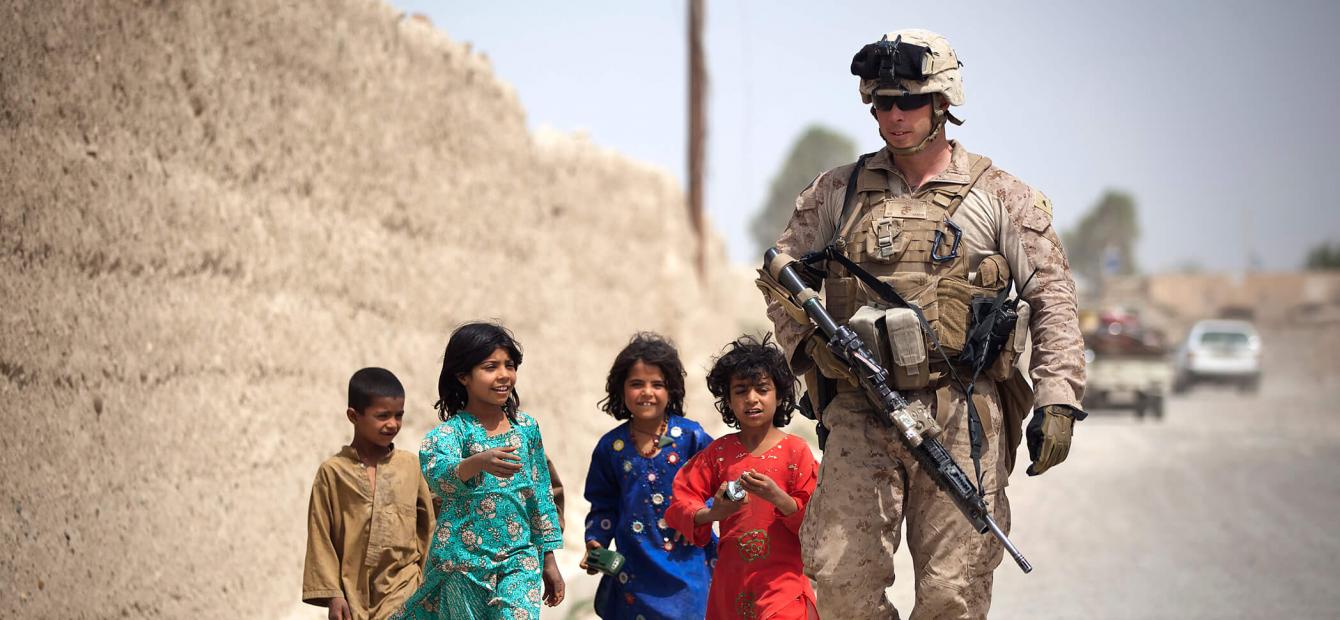
The end of the American era in Afghanistan: a personal view
In the fifth episode of the Dutch series '20 years after 9/11’, Afghan American author Tamim Ansary shares a personal view on the American era in Afghanistan. “As the American project gathered momentum in urban Afghanistan, the other Afghanistan grew increasingly open to arguments of conservative Islam peddled by the Taliban.”
In 2002, just after the fall of the Taliban, I visited Afghanistan for the first time in 38 years. I had left as a teenager, and the country had been through horrific violence since then.
Yet, in crucial ways, I found it unchanged. Half of Kabul had been reduced to rubble, but the moment I stepped out of the plane I recognised the mountains around the terminal and the aroma that filled my nostrils, the yellow dust in the air and the desert pollen lacing the cool breeze.
I had cousins in the city. I did not know where, I did not have a street address, I only knew they lived in sight of a certain bread factory. So, I went to that bread factory and asked around on the street. I had not seen this city in four decades, but it took me less than two hours to locate my cousins, because this was Kabul: no one was anonymous here. Everybody knew people who had relatives who had relatives who knew people who had relatives.
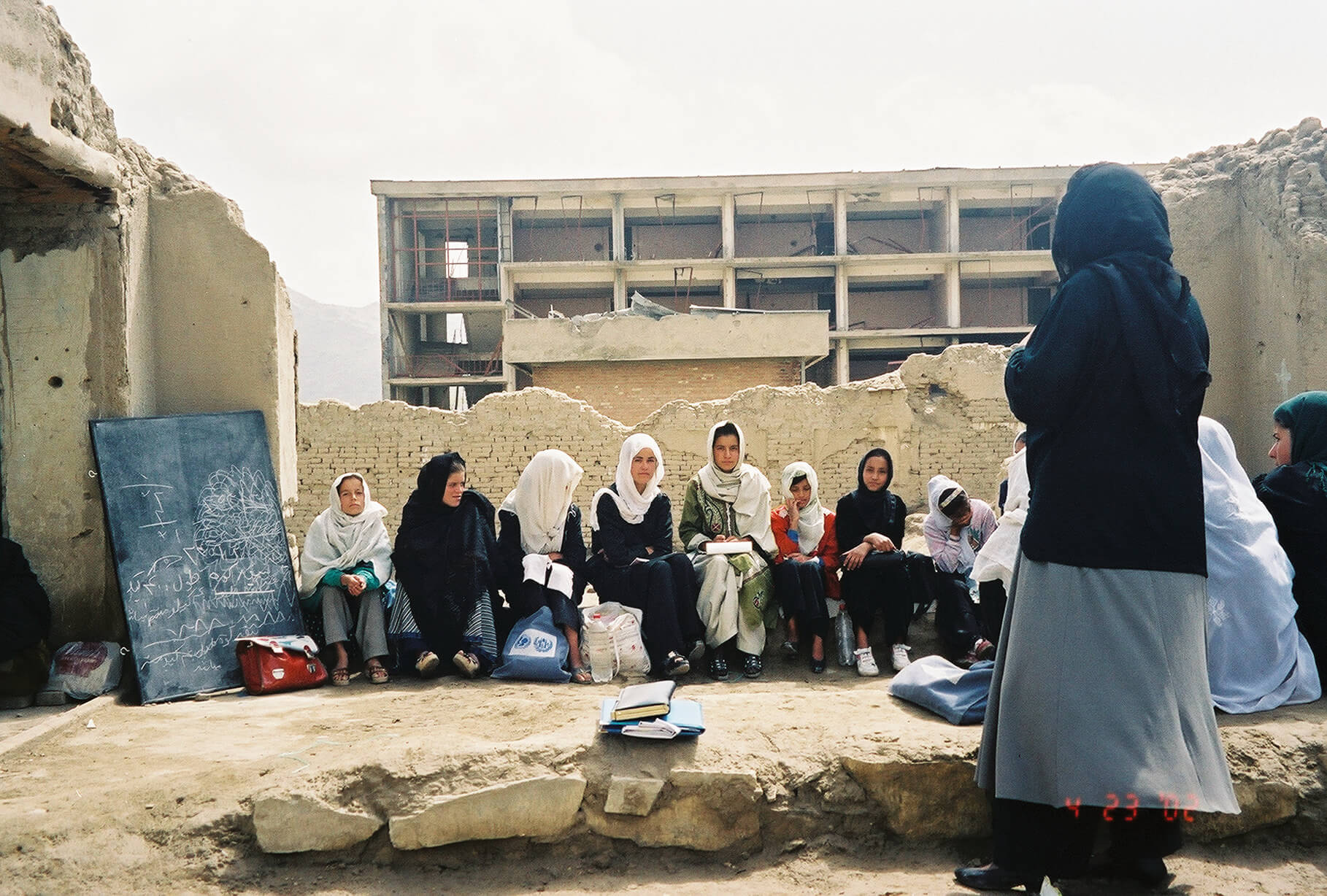
The physical destruction was staggering. Touring ruined neighbourhoods one day, I drove for hours without seeing a single structure standing. Whenever I parked, however, and got out, strangers walked up to chat. Curiously often, if we chatted long enough, we found personal connections and relatives who knew people who had relatives who knew people who knew each other’s relatives.
I got into a traffic jam one day in downtown Kabul. Traffic stopped dead as far as the eye could see for hours. What did people do? They got out of their cars and started socialising idly with strangers in neighbouring cars. I asked my cousin how this could be the case, was not anyone in this crowd late for an appointment? She smiled. “Islam”, she said. “We leave the driving to Allah. Wherever we’re going, we’ll get there when God decides.”
What the Taliban tried to enforce was not Afghan
Ten years of Soviet bombing and another ten of civil wars had not, it seemed, succeeded in destroying some fundamental aspects of Afghan culture. This was still the land where time was measured in days, not minutes, and planning had no urgency because God would ultimately decide.
Start of the American era
While Islam permeated the air people breathed, everyone I spoke to hated the Taliban — hated them. “They weren’t really Muslims”, people explained. What they meant was that what the Taliban tried to enforce was not Afghan. Before the wars, Afghanistan was a land of music, of dancing, of kite flying, of rowdy humour and Sufi mysticism and no one ever imagined any of this could be construed as non-Islamic: this was how Afghans lived, Afghans were Muslim, so this was Islam.
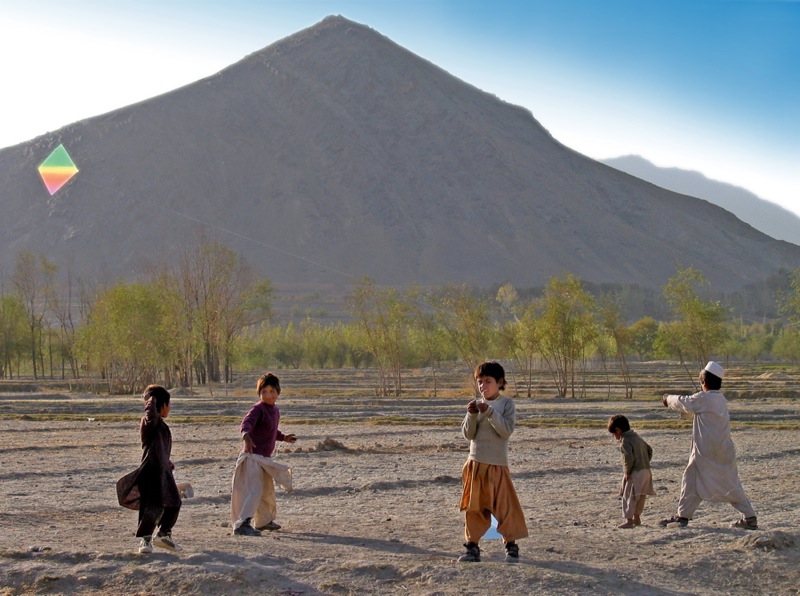
During my visit in 2002, the mood in Kabul was euphoric: the Americans had arrived. Now, at last, the wars would end, people thought. There was even talk of a ‘Marshall Plan for Afghanistan’. Everywhere people were discussing what they might do with their share of the money. One guy wanted to dig an artesian well to tap the sinking water table on his land. Another said he was going to buy a car and paint it yellow so he could use it as a taxicab. Yet another wanted to start a cosmetics business because, with the Taliban gone, women would be wanting lipstick.
When I left Kabul that summer my flight was delayed. The country only had two airplanes and, that day, the windshield had fallen out of one of them. “Relax”, people assured me. “Everything will be fine inshallah.” Inshallah means 'if Allah wills it’.
The years that followed saw a new social grid crafted by America and ‘the international community’ shape Afghan society. It had all the features that mark a democracy and confer legitimacy to Western eyes: a written constitution, a parliament, a president, periodic elections, rules enforcing women’s rights, and laws mandating their access to the public sphere.
Afghanistan even had a civil bureaucracy with guidelines to thwart corruption. There was no more hiring of relatives: if you needed something from the government you had to fill out a form.
There were many more changes. Refugees, for instance, returned from tent cities in Pakistan and Iran. Exiles came back from the developed West. Money poured in aplenty.
Much of the money flowing into Afghanistan flowed out again into foreign bank accounts
Ordinary Afghans, however, received very little of it. The money went mostly to big infrastructure projects: highways, airports, power plants, cement factories. Several private airline companies were founded, and many tv-stations were born.
Foreign experts were needed to build all these good things. They were paid extra because they would be working in ‘dangerous Afghanistan’ and private security companies would be needed to protect them. Much of the money flowing into Afghanistan thus flowed out again into foreign bank accounts.
Some of it, however, stuck to Afghan fingers along the way. A new class of Afghan elite emerged as a result, rivalling the warlords spawned by the anti-Soviet wars. These new operators were called ‘power brokers’. They were Western-educated and knew their way around the systems installed by the Western powers.
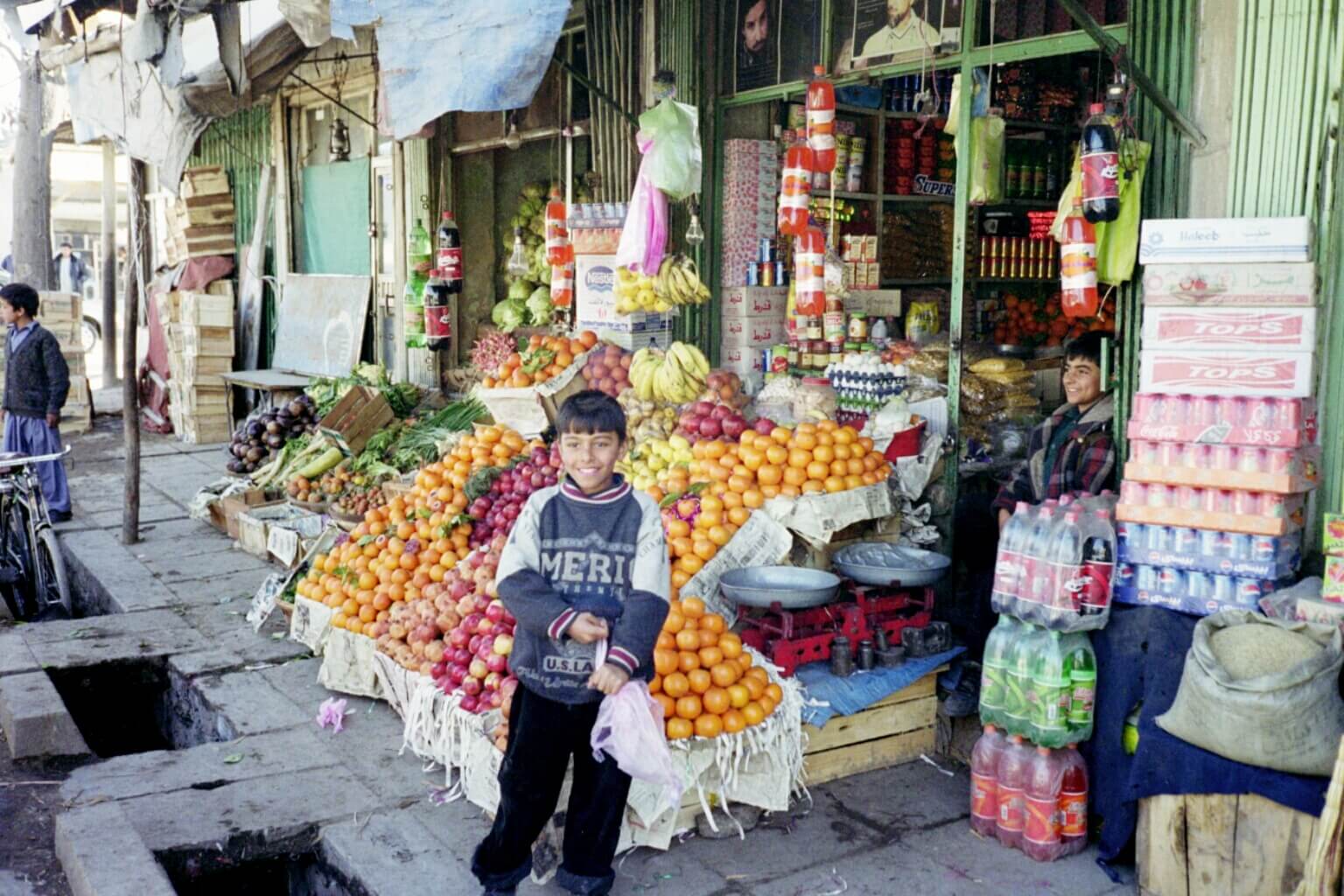
Overall, many good things happened in the first decade of the ‘American era’. Millions of kids went back to school, girls as well as boys. Kabul University was restored, and new universities opened. Parks were built or rebuilt. Theatres sprouted, as did bookstores, bowling alleys, coffeehouses, and restaurants serving international cuisines.
Even from a distance, however, I could not help but wonder: would Afghan history repeat itself? Two centuries of that history had been dominated by a tug-and-pull between outward-facing urban Afghanistan, embodied by Kabul, and the inward-facing rural Afghanistan of the villages and countryside. Whenever the cultural gap widened between those two, trouble had broken out.
Thus, as the American project gathered momentum in urban Afghanistan, the other Afghanistan grew increasingly open to arguments of conservative Islam peddled by the Taliban. The Taliban was seen as an ill-defined collection of forces that included gun-toting mullahs who had come to power during the wars, the left-outs and left-behinds of the villages, and foreigners who come into the country from elsewhere in the Islamic world such as Islamist revolutionaries inspired by groups such as ISIS.
American presence in Afghanistan: a decade later
I went back to Afghanistan in 2012. This time, when I landed, what I smelled was not silt and pollen but automobile exhaust. I could not see the mountains because the view was blocked by military barricades, barbed wire, and solar panels.
Ten years earlier, Kabul had been a city of 350,000 people and only two traffic lights. Now it was a teeming metropolis of more than five million. The rubble of bombed-out houses was gone and replaced by the rubble of new construction. Half-finished high-rise buildings rose from the streets of mud. I saw metal freight containers that housed poor families – sometimes several in one container – jammed into cracks of space between gaudy new mansions that looked like extravagant wedding cakes.
Kabul was booming, but something had changed. The intricately interwoven social web of Afghan culture was no longer evident. Kabul was now a labyrinth of mean streets and anonymous crowds, like many other cities around the globe. Everyone I met still had a scheme, but the competition was cut-throat now: every man for himself.
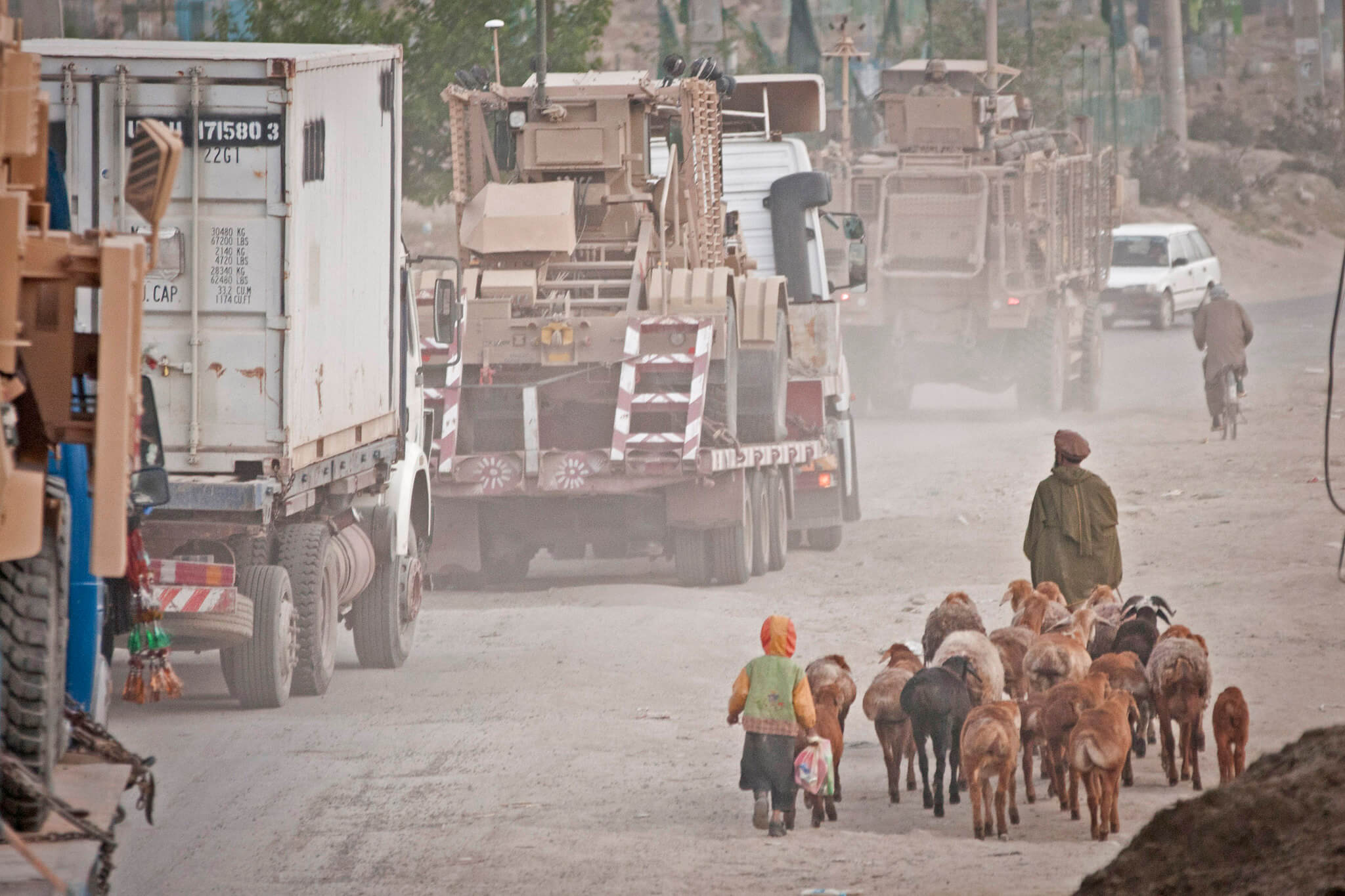
One day, for example, I remember talking to a fellow who imported sophisticated medical equipment for a living. We were in his showroom, which was bright, airy, and empty. Where were his wares?
He took me down to the basement and showed me. There they were, hidden away on dark shelves at the back of a room lit only by dim bulbs: ventilators, EKG-machines, defibrillators, and the like.
“Why store them here? Why not display them upstairs?” He smiled at my naiveté. “Upstairs”, he said, “someone will see, some will know I have money, I’ll be kidnapped, and my family will have to pay a ransom.” Yes, kidnapping-for-ransom was a growth industry in urban Afghanistan at this point, another example of free-enterprise gone wild.
Towards the end of my 2012 visit, one midnight, I got a text message telling me to be ready at 6 a.m. because someone was going to take our group somewhere. The destination was not specified, but it had been whispered to me secretly a few days earlier. Secretly, for fear that a kidnap-company would hear about our trip and set an ambush for us on the way.
Our destination was Bamiyan in central Afghanistan. Here, eighteen centuries ago, Afghans had carved standing Buddhas bigger than the Statue of Liberty and placed them in alcoves in the cliffs. They were the largest standing sculptures in the world, at least until the Taliban blew them up in 2001. All that remained of them were Buddha-shaped cavities in the red-rock cliffs and piles of rubble on the valley floor.
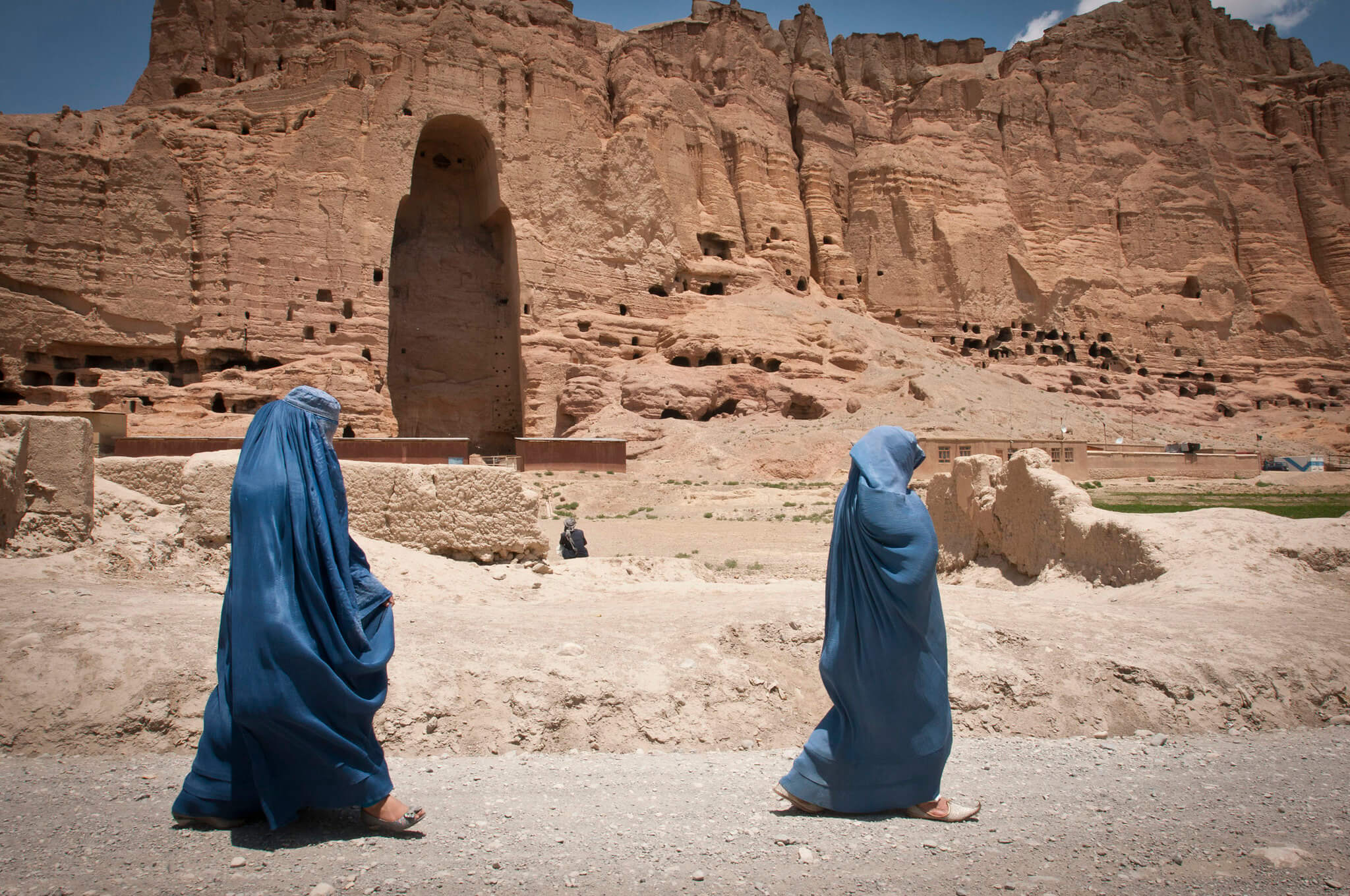
The eight-hour drive to Bamiyan passed without incident. The people we saw along the way were just rural folk living their lives, preoccupied mostly with cows and fields and flocks. Bamiyan looked like the small-town Afghanistan of my youth.
It had a main street flanked by rows of room-sized stalls, with fresh meat hanging from hooks, and fruits and vegetables piled high in baskets woven by local women. The cobble-stone sidewalks were dotted with vendors selling trinkets. What they were selling, however, were not the trinkets of yore, but songs downloaded from the Internet onto laptops powered by 12-volt car batteries attached to briefcase-sized solar panels which customers uploaded to their cell phones.
The guesthouse where we had booked rooms had primitive plumbing but places to plug in one’s laptop. From the windows, we could see snow-covered slopes that dwarfed those of Aspen or Sun Valley. The owner of the guesthouse pictured his place as a future ski resort. All he needed were tourists.
He did have one tourist. A young man named Willie was sitting across the room, studying a brochure. Amazingly enough, he was from my home town of San Francisco. "What are you doing here?", I asked. Willie said he had come to central Afghanistan on a whim to see the Buddhas. I told him the Buddhas were gone, and he nodded: “I know. I just wanted to see the place where they used to be.”
I knew what he was talking about. I realised I had come here for much the same reason – to see the place Afghanistan used to be.
2021: a sudden US withdrawal
Another decade has passed, and now, America and NATO have pulled their troops out of Afghanistan. They have declared their intent to leave the country to its own devices. So, what did it amount to in the end, this American era?
As I see it, the system the West installed in Afghanistan was geared towards enabling free market capitalism. This system produced private wealth, engineered a dramatic physical reconstruction of the country, and introduced cutting edge technology. The Western intervention also set out to reform Afghan society in accordance with Western values. It did make some headway there as the destiny of urban Afghan women improved immensely.
However, it was always, a Western framework set upon a culture animated by different impulses and emotions, a culture with a structure and a logic of its own. The two systems did not mesh. The friction between them generated a lot of what Western media have identified as ‘corruption’.
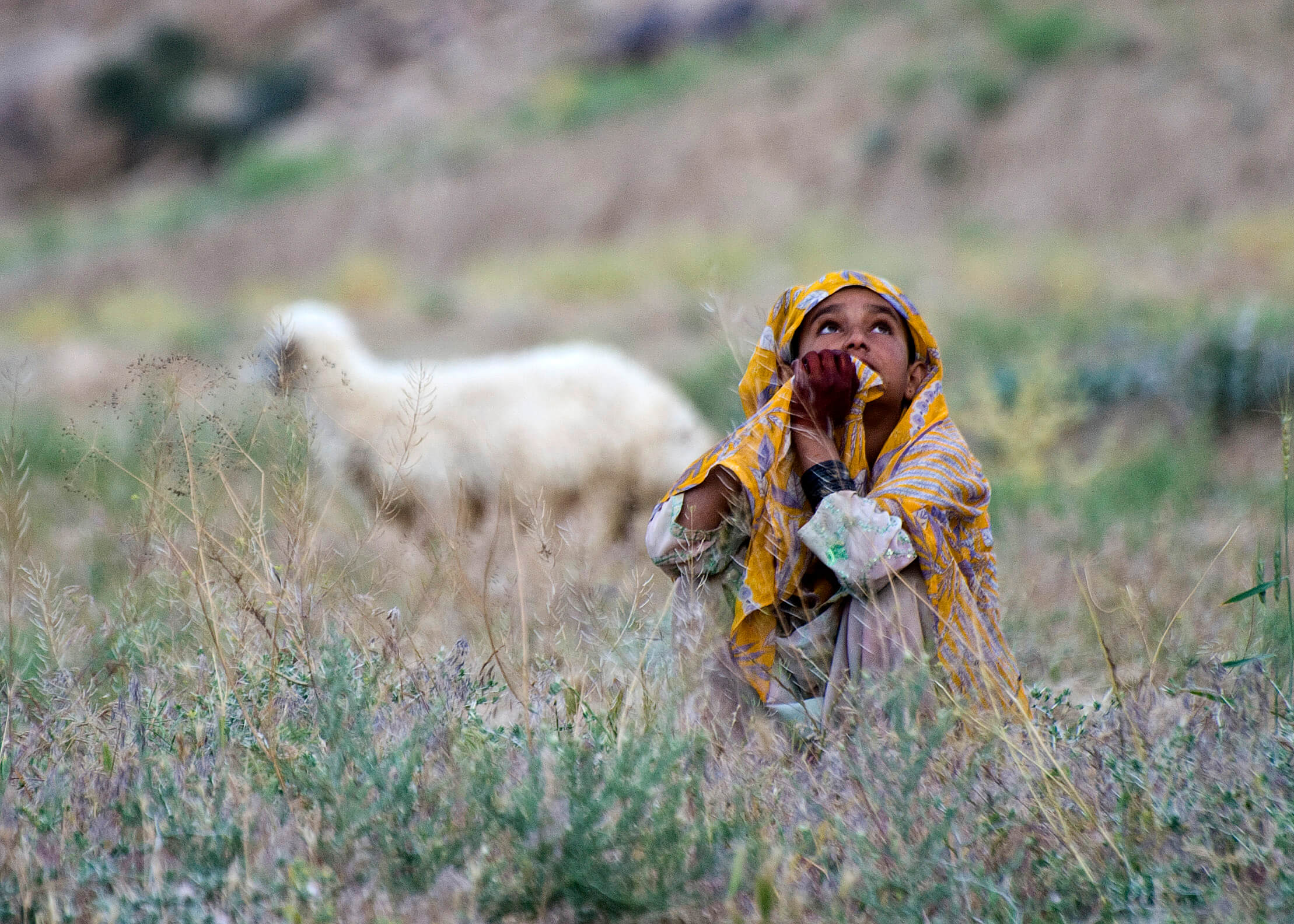
Afghan society was an intricate fabric of personal connections among networks of families, which were themselves parts of clans and tribes and tribal nations. These many parts were clamorous but somehow formed a cultural whole through the meta-narrative shared by all, which was an Afghan cultural nationalism interwoven with Islam.
The decades of wars culminating in 9/11 severely damaged that intricate Afghan cultural fabric. The Western system eroded it further. The West could bestow upon Afghanistan material abundance. What it could not offer was identity. Identity requires a shared cultural narrative within which people can situate themselves.
When the Taliban began rising anew, identity was therefore the apple they dangled to the discontented left-behinds of rural Afghanistan. They spoke of a harmonious society ordained by God in which everyone would be somebody and Afghanistan would be a reincarnation of 7th century Medina.
Promising to build such a world did not mean they could or would. Stripped of rhetoric, what they sold was a heartless, ruthless doctrine, which, in practice, would be oppressive to everyone but the Islamist ideologs wielding the doctrine – many of whom were not Afghans but radical Jihadists from elsewhere in the Muslim world.
Before the withdrawal of Western forces, the Talibanist vision might have sounded like the country lost in all the wars to the audience in tribal Afghanistan. More so certainly than the gibber and scream of toys and technology the West brought to this land. With the West gone, however, the Taliban may stand exposed as just the latest crowd of outsiders, trying to exploit Afghanistan for agendas of their own.


